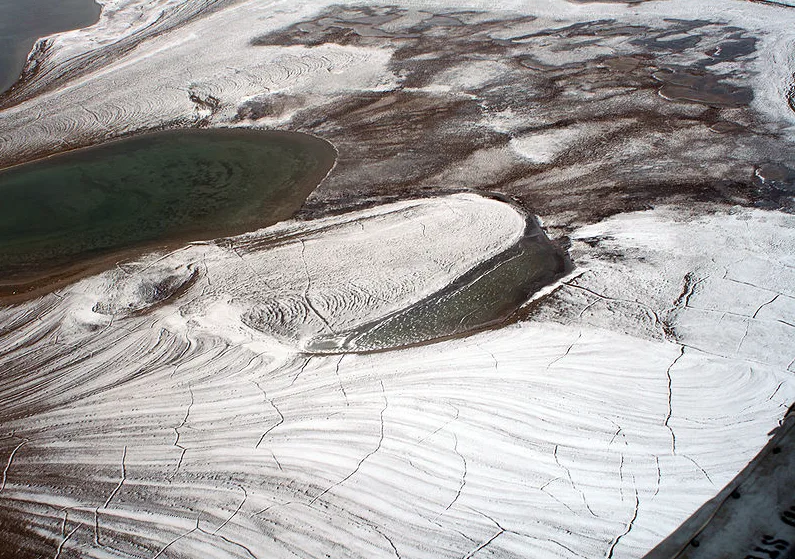
Arctic water provides a look at possible life on other planets, study
Researchers have found that basic life forms are thriving in some of the harshest environments on Earth, specifically extremely salty, subzero Arctic waters that resemble the liquid that is exists on other planets in the universe.
The startling findings from researchers at the University of Washington add to the growing body of knowledge about water on other planets and the possibility of life outside of Earth.
The study investigated "cryopegs," which are layers of sediment with extremely high salt levels at below-freezing temperatures inside permafrost, and found a number of bacteria communities thriving in these conditions.
Liquid water is a necessity for every known life form, with the possible exception of some plants or fungi that can survive on water vapour. NASA states that other planets in the universe with water are the most compelling locations that should be explored in order to determine whether life exists beyond Earth.
The University of Washington team studied microbes in the cryopegs and were able to collect data that extends back over 50,000 years. The researchers state that the salt levels in the cryopegs are about 14 per cent, or one hundred and forty parts per thousands, which would stop all microbe activity in a canned good.

Permafrost in the High Arctic. Credit: Wikimedia Commons
To access the cryopegs the researchers had to climb nearly 4 metres below the surface into ice tunnels during the spring months of 2017 and 2018. The researchers explain that the microbes are coevolving with viruses and the dominant bacterium is Marinobacter, whose name indicates that it has been in dark sections of permafrost for a long time.
The density of the bacterial communities startled the researchers and they state that this type of study can help scientists understand how other life forms could form on other planets that contain water.
Just last month NASA announced that it will be sending a vehicle to Titan, Saturn's icy moon, which is known to have lakes of methane and an ice-covered ocean of water. Our solar system contains at least six oceans on other planets and icy moons, and Titan is rich in various forms on ice.
Studying life on Earth in frozen settings that may have similarities can prepare explorers for what kind of life to expect, and how to detect it.
Source: University of Washington | NASA





